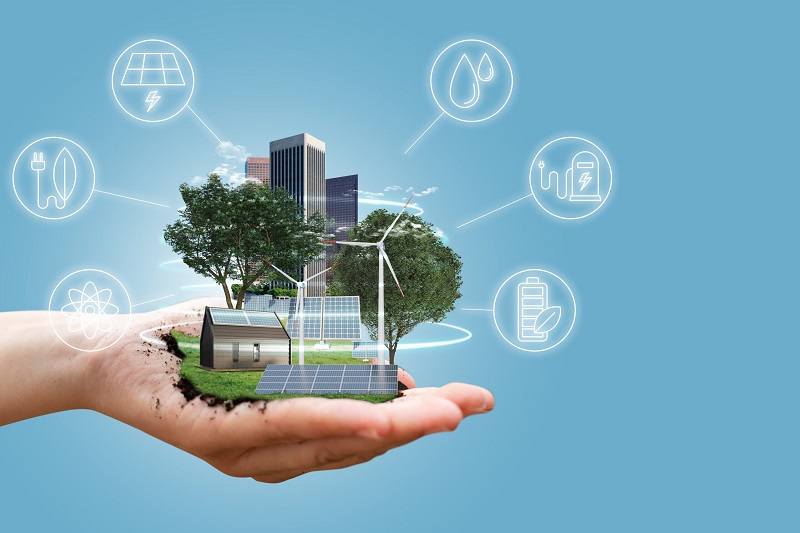
n recent years, sustainability has gone from a buzzword to a building standard—and it’s transforming the real estate landscape for good. Homebuyers, developers, and investors alike are prioritizing eco-conscious living, and with good reason. From energy savings to health benefits, green building practices are reshaping how we think about homes and communities.
Green building refers to the use of processes and materials that are environmentally responsible and resource-efficient throughout a building’s life cycle—from design and construction to operation and even demolition. Key elements often include:
Energy-efficient designs (e.g., insulation, windows, HVAC systems)
Renewable energy sources, especially solar panels
Water-saving technologies like low-flow fixtures and rainwater harvesting
Sustainable building materials (recycled, locally sourced, or low-emission)
Indoor air quality enhancements, including nontoxic paints and ventilation
Cost Savings Over Time
While the upfront cost of green materials and tech can be higher, the long-term savings are undeniable. Reduced energy bills and lower maintenance costs can significantly increase a home’s value.
Healthier Living Spaces
Sustainable homes often mean cleaner air, better light, and fewer toxins. It’s not just about the planet—it’s about better health for you and your family.
Increased Property Value
Eco-conscious homes are commanding higher prices and selling faster. Buyers see sustainability not just as a feature, but as an investment in the future.
Government Incentives
Tax breaks, rebates, and grants are often available for green upgrades or LEED-certified buildings, making sustainability more accessible than ever.
Solar panel systems
Smart thermostats and lighting
Energy Star-rated appliances
Green roofs and living walls
Passive solar design (natural heating/cooling)
More developers are embedding sustainability into their core offerings, not just as an add-on. Some are building entire eco-communities—neighborhoods that emphasize walkability, renewable energy, shared green spaces, and minimal environmental impact.
As climate awareness grows and regulations tighten, green building is moving from optional to essential. For real estate professionals, this means staying ahead of the curve—understanding what buyers want and where the market is heading.
Whether you’re buying your first home, renovating, or investing, going green is no longer just a trend—it’s the future of real estate.
Sustainable building practices aren’t just good for the environment—they’re good for your wallet, your health, and your home’s long-term value. As the industry continues to innovate, the opportunities to live greener (and smarter) are endless.
Copyright 2025 © Theme Created By Square Loop Estates, All Rights Reserved.
Chat With Us

